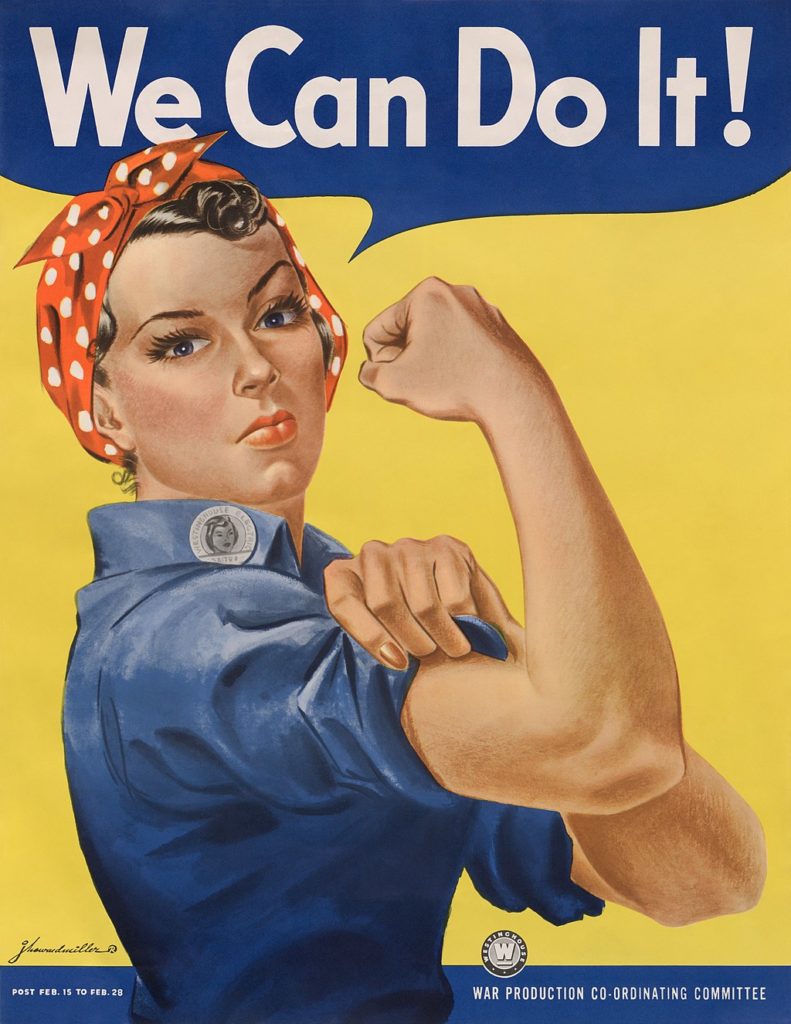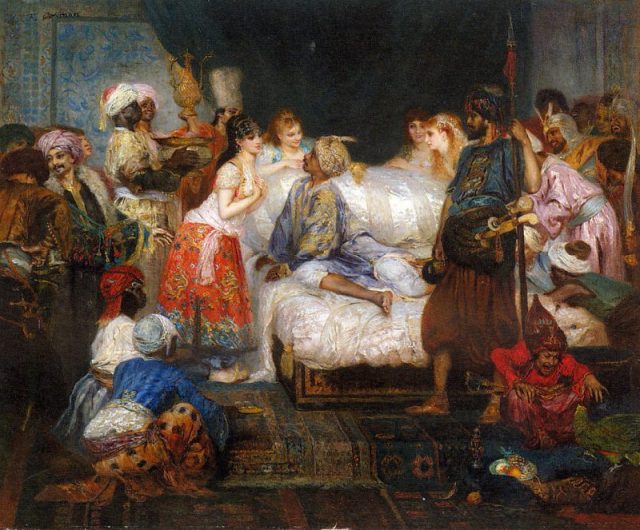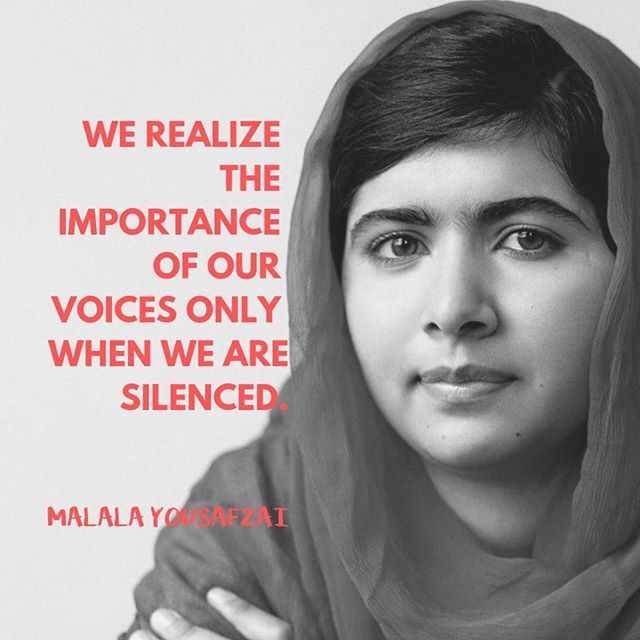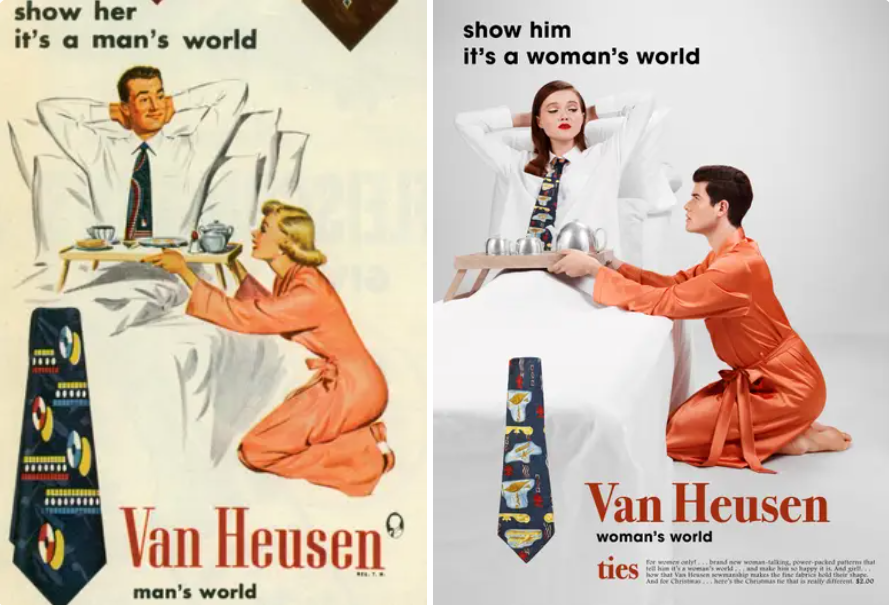
Living in a world where men dominate in positions of power, the rules aren’t always made to support the growth and progress of women. Establishing gender equality will have dramatic benefits and lead to improvements in both family life and the wider community. Find out how gender bias and discrimination impact girls and women from around the world and what you can do to uplift them and combat inequalities. (Estimated reading time: 8 minutes)
“How important it is for us to recognize and celebrate our heroes and she-roes!”
— Maya Angelou
Feminists have been challenging old-fashioned gender roles for decades. We live in a world of hierarchy. There’s a pecking order in every workplace, society, family unit, couple, and community. And whether we like it or not, these institutions have made us aware of our place.
Starting from childhood, women are made to feel (either implicitly or explicitly) that they are less favored than men. Living in a world where men dominate positions of power, the rules aren’t always made to support women’s growth and ascension.
In an effort to fit into the roles expected of them by the patriarchy, many women lose their identity and drive to express their gifts and talents. Just like other forms of discrimination, gender bias is damaging to the hearts, minds, and spirits of girls and women.
Changing the perception of women’s place in society requires us to be receptive to the winds of change and work co-creatively. Something needs to shift in both men and women for us to release the burdens from old paradigms, and that change starts with self-love and empathy.
The “weaker sex”: challenging the misconception

When it comes to brute strength, women seem to have the shorter end of the stick, earning them the title of the “weaker sex.” However, this label is misleading—it offers a narrow viewpoint on the average man’s physical strength and size compared to the average woman.
When we broaden our definition to include other forms of strength, the data shows that women are actually the stronger sex. Studies consistently show that women on average live longer, have higher pain tolerance, suffer less, and die less often from chronic health conditions.
Hormonal factors have also been shown to favor women. Men are more likely to engage in impulsive, aggressive, and high-risk behaviors because of high testosterone levels. They are also more prone to anger, stress, and social isolation, which increases the risk of heart disease due to lower estrogen levels.
The health gap isn’t the only data that prove female is the stronger sex. Recent studies reveal that there’s an education gap as well. They show that since the mid-’90s, women on average received higher grades, graduated from high school and college at higher rates, and received more advanced degrees.
Despite all these advantages, men are still viewed as stronger and more capable than women. Even after the social upheaval caused by the #MeToo and #TimesUp movements, women continue to be underrepresented and underestimated in all spheres of life-—higher education, corporate boards and government roles.
Before we can enter the new dawn where gender equality becomes a cornerstone in our decisions and policies, we need to trace the origins of the exploitive and fear-based behavior that suppressed the advancement of women’s interests.
How it started: the early origins of gender inequality

Understanding the origins of gender inequality will help us understand how the inequalities that plague modern society came about and develop ways to confront them.
Accounts for gender bias are said to have taken root as far back as Neolithic societies. An archaeological study on 5000-to-8000-year-old graves on the Iberian Peninsula revealed that men were over-represented. This suggests that women and children were less likely to receive a formal burial. Men were also depicted in cave paintings more often, where they are represented in physical activities, like hunting.
Archaeologists Marta Cintas-Peña said that these findings could put to rest the debate that biological differences determine gender inequalities. “If we can say that gender inequality began in the Neolithic, or in the Copper Age or in any period, it means that it’s something cultural, it’s not something biologically determined,” she said.
Gendered stereotypes were further solidified as time went by. For the most part, women’s roles were restricted to homemakers, caretakers, and a source of pleasure for men, and their value was evaluated based on their capacity to fulfill these duties.
With these early templates ingrained in the collective psyche, women were limited to occupations that were culturally appropriate, typically associated with domesticity rather than the economic. By taking a backseat, men were given the lion’s share of jobs that were financially rewarded and vested with authority.
Many brave women who tried to counteract these effects over the past century have lent their voices to women’s empowerment movements, bringing about a significant change in the way women’s value is perceived overall. The first was the National Woman Suffrage Association, which sought legal equality for women and resulted in the right to vote in 1919.
The culturally explosive American feminist movement of the 1960s, still known as women’s lib, sought gender equality for women in the workplace—something still not fully established to this day—and rejected the objectification of women based on their beauty and sex appeal.
While we have come a long way in shifting the perception of a woman’s place in society, we’re still dealing with the relics of these historical inequalities that need our attention and action.
Gender bias and discrimination today: how it impacts girls and women around the world

Girls and women around the world experience restrictions on their mobility, access to resources, and opportunities because of rigid gender roles and perceived norms. They also experience violence and suppression if they try to fight for their rights.
Malala Yousafzai, a Pakistani activist for female education, is part of this brave tribe. As a young girl, she defied the Taliban regime by advocating for girls’ access to education. In 2012, she was shot in the head by a Taliban gunman but survived. This didn’t stop her from carrying out her mission. She went on to become the youngest person to receive the Nobel Peace Prize.
Denying women the freedom to education essentially limits their possibilities for career growth and financial independence. When they’re treated differently simply based on their gender, rather than their skills and capabilities, they are being denied a basic human right.
In developing nations and conservative communities, gender inequality leads to child marriage and pregnancy, unrecognized domestic work, emotional and financial abuse, sexual violence, and child labor.
Gender inequality isn’t just encoded in social protocols but in law in some countries. Here are just a few examples:
- 18 countries allow men to prohibit their wives from working
- 17 countries limit when and how women can travel outside the home
- 39 countries have laws that mean a daughter cannot inherit the same proportion of assets as a son
- 36 countries limit what wives can inherit from their husbands
- 29 countries restrict the hours women can work
- 104 countries make certain jobs off-limits for women
- 113 countries do not have laws to ensure equal pay for equal work among men and women
In the modern workplace, gender bias plays out in different forms. In general, it means that a job applicant or an employee is treated differently and less favorably because of their gender. They may be harshly evaluated, paid less, or passed over for promotion. At worst, they can be insulted, called derogatory names, or be the victims of unwelcome sexual advances. In STEM (science, technology, engineering, and math) fields, women are greatly underrepresented.
Unconscious gender bias can not only result in the loss of potentially great female candidates, but it can cost organizations billions of dollars because of a lack of diversity, reputational damage, and low staff retention. According to a World Bank report, gender inequality could lead to losses in a wealth of $23,620 per person globally.
Given this dismal scenario, many of us wonder whether we can improve the conditions for women in the workplace and in their homes. The good news is that there’s plenty that we can do if we are proactive in our efforts.
Turning the page: balancing the scales in gender equality

Establishing gender equality will have dramatic benefits for the welfare of girls and women everywhere. This, in turn, will lead to improvement in their households and communities. It would reduce under-five mortality, shortages in resources, and curb population growth in countries with high populations by expanding the value of women beyond their fertility.
In her book, “The Moment of Lift,” Melinda Gates highlights the importance of prioritizing gender equality after she met women from all around the world while carrying out her philanthropic projects. She writes:
“As women gain rights, families flourish, and so do societies. That connection is built on a simple truth: Whenever you include a group that’s been excluded, you benefit everyone. And when you’re working globally to include women and girls, who are half of every population, you’re working to benefit all members of every community. Gender equity lifts everyone. Women’s rights and society’s health and wealth rise together.”
Everyone can contribute to combating gender bias. Here are some ways that you can do it:
1. Check your own biases: To some extent, we all carry biases on gender because we grew up exposed to messages of what’s expected of males and females. These biases are often so deeply ingrained that we don’t even realize that they are influencing us. Gaining awareness of how they impact your actions and attitudes gives you a better chance of counteracting them.
2. Be mindful of your language: The words we use to communicate our beliefs on gender (for instance, commenting on how strong men are and how beautiful a woman is) normalize the use of gender-specific criteria in measuring a person’s capabilities. It’s also important to use gender-neutral words—say “firefighter” instead of “fireman,” and “flight attendant” instead of “stewardess.”
This change in language helps, not only cis-gendered women and girls but also helps to include those who are non-binary and might not fit neatly into society’s pre-determined gender assumptions.
3. Share your own experiences: With the internet, you now have a platform to bring up incidents where you experienced gender discrimination, whether at work, at home, or in public. If you prefer not to share your experiences with the public, talk to an authority figure who can take steps to hold the offender accountable for their actions.
4. Point out discrimination in the media and advertising: If you come across a story, song, movie, or a commercial that encourages gender stereotypes, or objectifies and positions women as being “less than” in any way, take steps to reach out to the person or entity that created it.

5. Seek a community: A great way to take your efforts to the next level is by joining a group that is already campaigning for women’s rights. Seek out groups in your school, university, or local area that actively support movements to level the playing field.
6. Manage biases in the workplace: Many things can be done in the workplace to reduce gender discrimination. If you’re in a position of power, consider offering flexible work schedules for parents, regardless of gender, so both parents can share the responsibilities of child-rearing. This eases the burden that usually falls solely on women.
Foster leadership in women by showcasing female role models and by recognizing and rewarding good work by female employees. Encourage open dialogue and discussions around bullying and bias to make them feel heard and valued.
7. Raise kids to be bias-free: An effective way to combat gender discrimination is by raising kids to be open-minded and avoid teaching them outdated gender models and expectations. Parents and teachers are in a powerful position to train the next generation.
Broaden their learning space by providing children with a wide range of toys, including dolls, building blocks, and musical instruments, regardless of gender. As they grow up, expose them to movies and books that showcase non-traditional gender roles like male teachers and homemakers, female scientists and politicians, and non-binary individuals to broaden their view of what constitutes a gender norm.
To truly elevate humanity, we need both men and women to step up to the plate. When both are given equal freedom and rights to discover and realize their talents, we’ll see prosperity bloom in all areas. Together, we’ll be able to accomplish so much more and move mountains in the process.
All my best on your journey,
Seline

Question for you: Have you experienced or witnessed gender bias in the past? How did you react, and how did it make you feel?
Did you like this post? Sign up below, and I’ll send you more awesome posts like this every week.

As someone who is trans this is a very important thing, for everyone. Whether you are cis or trans or anything else- we all just need to learn to treat people like human beings! Respect people and be careful with what you say and how you say it. Really is not that hard and it is sad that people make this out to be such a terrible thing.
Hey Seline!
As someone who is trans this is a major topic that really need to be talked about! It is bad enough with male/female biases but when you throw in all the aggression and discrimination and bias that comes against those of us in the trans community, it gets really bad.
This is something that majorly needs to be addressed and I am glad there are people like you who are brining this up and opening up the doors for this kind of conversation to happen! Thanks!
I feel you my friend. There is such a honestly small niche that is consiedred “normal” and everything else outside that is looked down on. Trans, gay, POC, female, disables…. there are so many people who are not white male yet everyone else somehow seems to be the ones that get discriminated against. Makes you wonder how that truly small niche of humanity came to be the accepted ‘standard’ everyone else gets compared to?